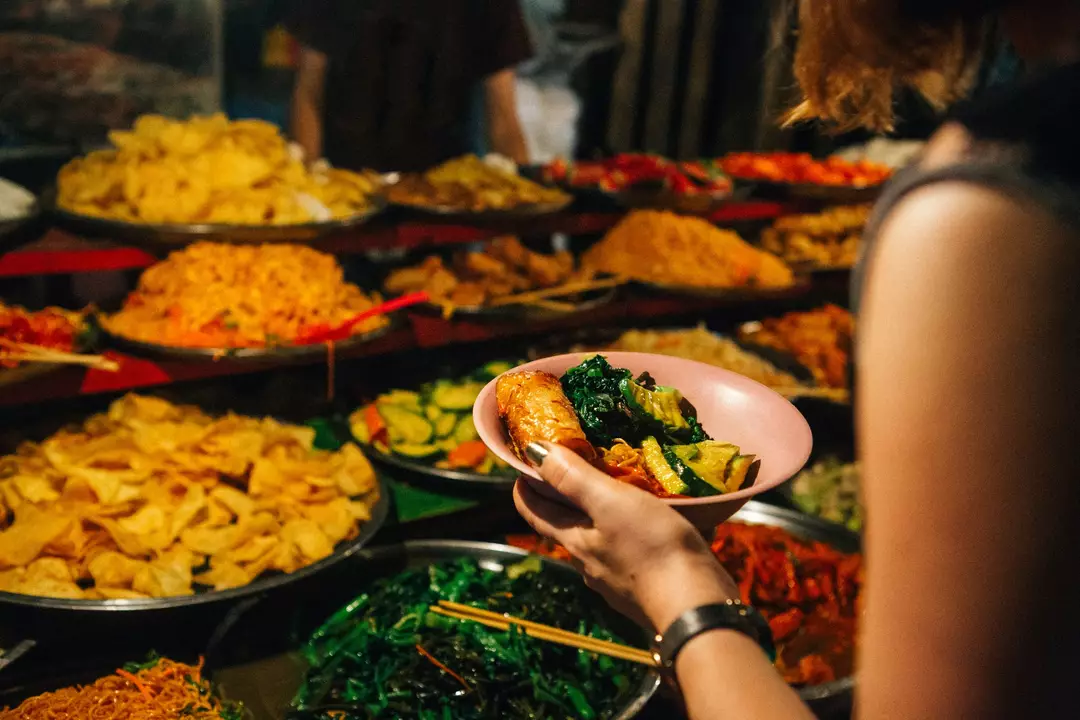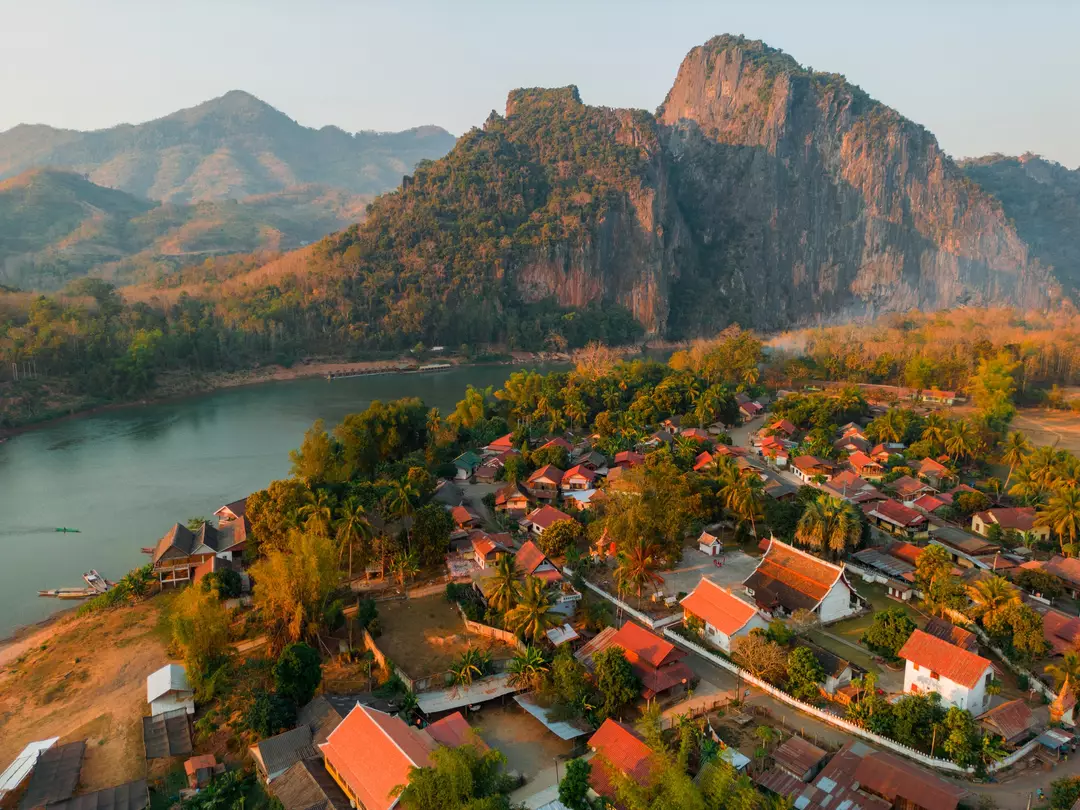If you’re thinking about taking a trip to a place that’s off the usual tourist trail, Laos could be the destination for you. This small, landlocked country lies at the heart of Southeast Asia.
Laos has long been a favored spot for young travelers, especially those on ‘gap years.’ The country offers a variety of experiences, from delicious cuisine and breathtaking landscapes to serene environments that make for great Instagram Reels.
Despite its popularity among backpackers, Laos has faced its share of issues. In 2024, six tourists tragically died after ingesting alcohol tainted with methanol during a night out. This substance is often used as a cheaper alternative to ethanol in homemade alcoholic beverages, and even a small amount can be deadly.
This was the unfortunate fate of 19-year-olds Holly Morton-Bowles and Bianca Jones, who lost their lives while holidaying in the tourist hub of Vang Vieng.

Devastated by the loss of their daughters, the families of Holly and Bianca have advised others to reconsider vacationing in Laos, suggesting alternative destinations instead.
Nonetheless, Laos has much more to offer than this tragic incident, as highlighted by a local expert.
Vithaya, an expert from Travel Local, emphasized the appeal of experiencing and learning to cook traditional Lao dishes.
He noted: “Engaging in a cooking class is a delicious experience, but also a way to take a piece of Laos back home with you.”
Some must-try dishes include Khao Niaow, a traditional sticky rice, Sai Gok, a type of Lao sausage, and Laab, a mix of meat, tofu, or mushrooms with toasted ground rice, fresh herbs, chili peppers, and garlic-lime dressing.
It’s important to be cautious with food preparation when dining abroad. Avoid consuming raw meat or fish due to the risk of harmful bacteria. Raw fruits and vegetables are generally safe but should be washed thoroughly to remove pesticides.
Bottled water is recommended over tap water, and tourists should be cautious with alcohol consumption.
In light of the recent tragic deaths from methanol poisoning, tourists are advised to avoid homemade and street-sold spirits, opting instead for drinks from licensed vendors.
It’s wise to stick to sealed, commercial drinks like bottled beer, inspecting bottles for signs of tampering before consuming them.

While many tourists stick to well-trodden paths, for a truly authentic experience, Travel Local encourages exploring the less-traveled roads of Laos.
“Dare to truly travel beyond the usual tourist paths and immerse yourself in the authentic and untouched beauty of Laos,” a local expert advised.
Visits to authentic tribes in northern Laos come recommended for a more comprehensive understanding of local life.
UNESCO world heritage sites such as Luang Prabang, the ancient Hindu temple of Vat Phou, and the megalithic Plain of Jars are also suggested destinations.
Regarding transportation, minivans and buses are commonly used and are generally safe. However, traveling by motorbike is more risky yet remains popular.
DiscoverLaos notes that most accidents involve motorbikes and intoxicated driving. It’s advised to never ride a motorcycle while under the influence and to avoid riding after dark due to drink driving being a ‘significant problem’ in the country.

For those planning a trip around academic or work commitments, the ideal time to visit Laos is from October to March. During this period, the weather is pleasantly cool and dry, making exploration more comfortable without the challenges of monsoon rains or tropical storms.
Visiting during the rainy season, typically from May to October, requires preparation for potential mudslides and increased flooding risk, particularly involving the Mekong River and its tributaries.
Travelers should exercise increased caution due to civil unrest, as advised by the US Department of State.
Some areas, such as Xaisomboun Province and regions near the border with Burma, are considered riskier. Additionally, areas within Savannakhet, Xieng Khouang, Saravane, Khammouane, Sekong, Champassak, Houaphan, Attapeu, Luang Prabang, and Vientiane provinces may pose dangers due to unexploded ordnance from the Indochina War.

